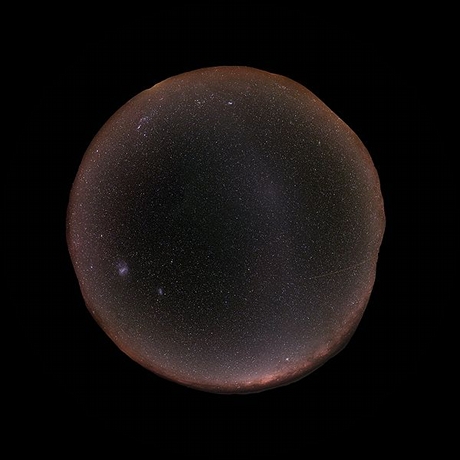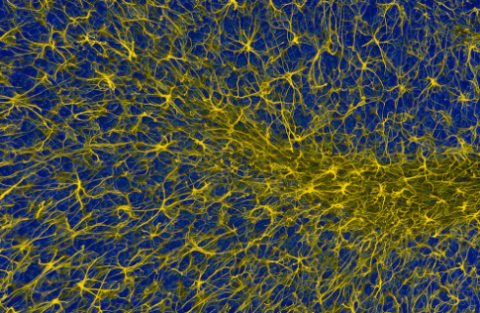Malcolm Gladwell, the bestselling author of The Tipping Point, Blink, and Outliers, has lost some friends lately among geeks (term used lovingly, if not self-referentially) and conservatives. First came the suggestion that Twitter hasn’t made human change agents obsolete. We still need MLKs and Gandhis to change the world. And then, speaking at The New Yorker Festival earlier this month, Gladwell had to remind us of an inconvenient historical fact. During the Eisenhower presidency, taxes on the wealthiest Americans peaked at 91% (more than double what they are today). And, even more galling, life in America was just fine, even downright good…
Thanks Mary for sending this our way. Always appreciate the good tips.




